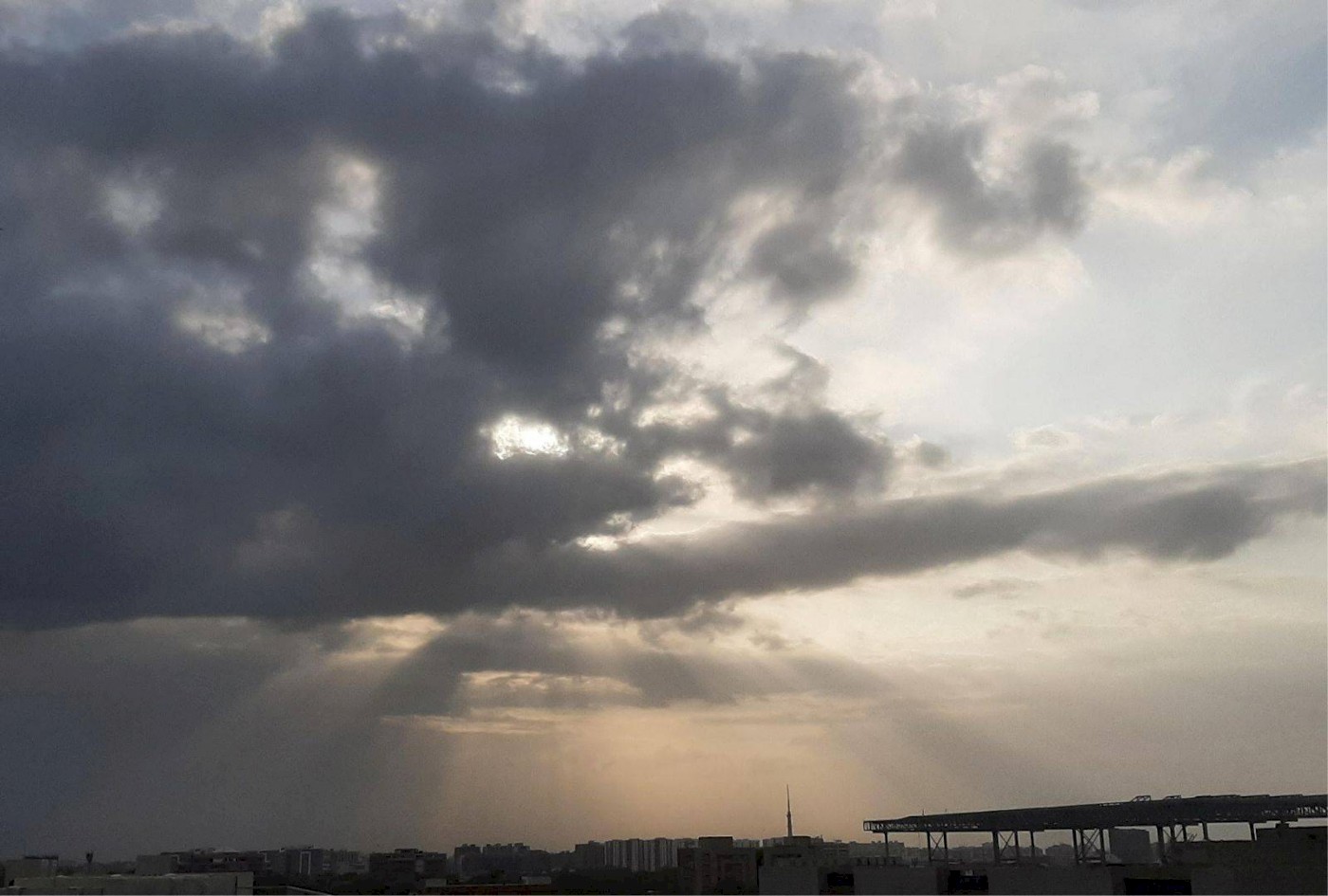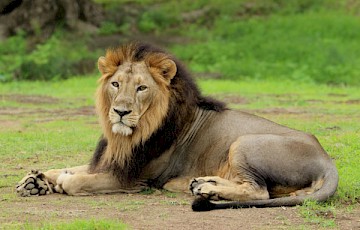25 May 2022
New Sensors for Investigating Atmospheric Trace Species, on the roof of the School of Arts and Sciences

Aditya Vaishya, Assistant Professor at School of Arts and Sciences, has recently installed sensors on the roof of the School of Arts and Sciences building. This is part of his research aimed at measuring atmospheric trace species that impact regional climate and air pollution and have far-reaching implications for weather patterns, climate system, and human health. Atmospheric trace species, include trace gases and particulate, constitute less than one per cent of the atmospheric composition. While trace gases such as carbon dioxide trap radiation and heat up the planet, tiny particles known as aerosols, which float in the atmosphere, help cool it down. Dust, fog, smoke, ash, haze, and sea spray are some of the well-known aerosols around us. Professor Vaishya’s research foregrounds the consequences of disturbing the atmospheric trace species through human activities.
Research on trace species helps us understand the complex nexus between atmospheric trace species and regional climate by exploring a set of interrelated and layered questions: How do atmospheric trace species define the temperature of our planet? Do they affect cloud, rainfall and monsoon patterns? To answer these questions, we need good measurements.
Unfortunately, good measurements have been limited by the costliness of research-grade instruments. Because trace species make up such a small percentage of the atmosphere, sophisticated equipment is required to measure their concentration accurately. Even the particulate that makes up aerosols is usually invisible to the naked eye – far smaller than the cross section of a human hair but may become visible when present in greater concentrations as in a dust storm, a haze event, or smoke from vehicles, industrial chimneys, or agricultural residue burning. The high price of research-grade instruments has meant that scientists tend to gather their data from relatively few sensors.
Professor Vaishya is proposing an alternative approach to this research that involves using many light-weight, new-generation sensors that are emerging as a low-cost substitute for costly and bulky front-line research grade instruments. Rather than gather highly accurate data from one point, which may not be indicative of the whole city, he is gathering less accurate data from many points. Since any one point in a city may not be indicative of the city as a whole, it is better to have more sensors even if they are less accurate.
With the advancement in sensor technology like electrochemical techniques, miniaturization of optical techniques and the Internet of Things, such low-cost sensors will help in filling observational gaps in vast geographical regions, measuring traces gasses and tiny particles that impact human lives and the life of the planet. Combined with machine learning technique such dynamic data will provide new insights into dynamics of air pollution and help us better understand the regional climate and associated uncertainties. Professor Vaishya plans to use these sensors to forecast emissions scenarios for particulate matter species.



